NVIDIA Announces SHIELD Console: Tegra X1 Android TV Box Shipping In May
by Ryan Smith on March 4, 2015 5:00 AM EST
Today NVIDIA has announced their latest addition to the SHIELD product family, the SHIELD Console. Launching in May at $199, the SHIELD Console is a combination microconsole and Android TV box, offering Android TV functionality along with two forms of gaming. The first form being Android gaming backed by the console’s Tegra X1 SoC, and the second form via access to NVIDIA’s GRID game streaming service.
Like NVIDIA’s previous SHIELD devices, the SHIELD Console is perhaps first and foremost their showcase device for their Tegra SoC. Having already built a gaming handheld (SHIELD Portable) for Tegra 4 and an 8” tablet (SHIELD Tablet) for Tegra K1, NVIDIA has moved on to the microconsole/set-top box market with the SHIELD Console. In doing so the company is forging a slightly different direction, skipping the mobility plays that were the previous devices and instead focusing on the TV and fixed-position gaming with the SHIELD Console.
| NVIDIA SHIELD Family | ||
| NVIDIA SHIELD Tablet | NVIDIA SHIELD Console | |
| SoC | Tegra K1 (2.2 GHz 4x Cortex A15r3, Kepler 1 SMX GPU) | Tegra X1 (4x Cortex A57, Maxwell 2 SMM GPU) |
| RAM/NAND | 2 GB DDR3L-1866, 16/32GB NAND + microSD | 3 GB RAM, 16GB NAND + microSD + USB |
| Display | 8” 1920x1200 IPS LCD | N/A, HDMI 2.0 4Kp60 Output |
| Dimensions | 221 x 126 x 9.2mm, 390 grams | 210 x 130 x 25mm, 654 grams |
| Camera | 5MP rear camera, 1.4 µm pixels, 1/4" CMOS size. 5MP FFC | N/A |
| Battery | 5197 mAh, 3.8V chemistry (19.75 Whr) | N/A, 40W Power Adapter |
| OS | Android 4.4.2 | Android TV |
| Connectivity | 2x2 802.11a/b/g/n + BT 4.0, USB2.0, GPS/GLONASS, mini HDMI 1.4a | 2x2 802.11a/b/g/n/ac + BT 4.1/BLE, USB 3.0 + 2.0, HDMI 2.0, IR Receiver, Gigabit Ethernet |
| Launch Price | $299 (16GB/WiFi) + $59 (optional controller) | $199, Includes 1 SHIELD Controller |
From a hardware perspective the SHIELD Console itself is built somewhere in between a microconsole and a full-blown console. The underlying SoC and the use of Android TV make it closer to a microconsole, while in terms of physical size and NVIDIA’s performance ambitions are closer to a console. In any case, anchored by the Tegra X1 SoC, the console also packs in 3GB of RAM, 16GB of NAND, 2x2 802.11ac wireless, and a large I/O collection, including USB 3.0, Gigabit Ethernet, and an HDMI 2.0 port.
On the software side, the SHIELD Console is running Android TV, Google’s TV-centric branch of the Android operating system. The use of Android TV gives the device the OS’s accompanying 10ft UI along with suitable access to media through the Google Play Store, giving NVIDIA the kind of wide access to media they need to help drive adoption of the console. For more local tastes, local media playback will also be supported through the included PLEX application. Meanwhile because of its Tegra X1 backing, the console will be the first Android TV device to support 4K playback, capable of decoding and displaying 4Kp60 content, including up-and-coming HEVC content.
NVIDIA’s second pillar for the device – and arguably the device’s primary purpose – is local gameplay through the console’s ability to run Android games. Games will be sold through a SHIELD Store, similar to how SHIELD Portable/Tablet users can currently buy Android games through NVIDIA’s application. Meanwhile the powerful Maxwell GPU backing the Tegra X1 should prove to be very capable at driving these games.
From a performance perspective NVIDIA is targeting performance ahead of the Xbox 360, while many of the console’s marquee games are from that console generation. With Xbox 360 turning 10 this year, this is roughly in-line with the tendency for SoC/mobile devices to trail PCs (and high performance consoles) in performance by about a decade.
The games we’ve seen in the store so far are frequently ports of last-generation (or older) console games, with NVIDIA including a mix of existing ports along with partnering for new ones. Upcoming ports include the releases of games such as Borderlands: The Pre-Sequel and Crysis 3 (yes, Crysis) for SHIELD. Right now NVIDIA is very keen to show off the SHIELD console’s ability to perform similarly to the last-gen consoles, given that they were very popular devices with similarly long shelf lives.
Given NVIDIA’s hardware background and the capabilities of the Tegra X1 SoC, this makes a lot of sense for the company in the short run. However in the long run it will be interesting to see whether the service sees very many “new” or recent AAA games, as game development for the last-gen consoles winds down. Meanwhile original Android games are also on the store, though from NVIDIA’s standpoint these must be difficult to count on as Android native games rarely push the envelope graphically and have a high tendency to be free-to-play games, the antithesis to the AAA console game market NVIDIA is chasing down.
Ultimately however NVIDIA can’t rely on native Android games and ports of older games alone to move their console, and for that reason the final pillar of the device is based around the GRID game streaming service. Currently in beta for NVIDIA’s existing SHIELD devices and scheduled to go commercial alongside the release of the SHIELD console, the GRID streaming service will plug the remaining game gap by giving SHIELD console owners access to newer PC games that are streamed to the console rather than run locally.
The GRID service has and continues to be ambitious; NVIDIA’s GRID server cards actually make the execution model pretty simple, however whether consumers are willing to put up with the latency and reduced image quality is a question that hasn’t been adequately answered so far. NVIDIA’s GRID service has seen quite a bit of activity with its current beta, though that is for a free service. The addition of a price tag – either for subscriptions for older games or buying the newest games individually at full price – may change this dynamic. However the alternative of not having the ability to run recent AAA PC games at all would have made the SHIELD Console a much harder sale.
For their part, NVIDIA has laid down the groundwork for the service in developing the technology and ramping up servers, and now they are working on bringing developers on-board. Essentially any game that can work on a PC with a game controller can in theory be offered via GRID, though so far the game selection has been very Steam-centric. For the console’s launch, Capcom, Konami, and CD Projekt Red were all brought on stage to showcase some of their games running via GRID. NVIDIA ultimately expects to have 50+ titles available on the service by the time it and the SHIELD Console launch in May.
As for users looking for game streaming on a more local level, NVIDIA has confirmed that the SHIELD Console will also support the company’s GameStream technology, which allows for games to be streamed from a suitably equipped GeForce PC. Also present in the specification sheets is “NVIDIA Share”, which is NVIDIA’s name for their ability to broadcast gameplay via Twitch.
Moving on, the base package will come with the console and a SHIELD Controller for $199. NVIDIA previously launched the SHIELD Controller for the SHIELD Tablet last year, and thankfully unlike the tablet the controller is a standard part of the package for the console. However NVIDIA has also put together a second controller for the console that will be sold as an accessory, and that is the SHIELD Remote. Unlike the Controller, the Remote is geared towards taking advantage of the console’s media capabilities, particularly Google’s voice search capabilities. The remote itself contains only a few buttons, with voice intended to be its primary means of control. The remote also contains a headphone jack for local audio playback, and though not announced by NVIDIA at the time, as a Bluetooth device it will also work with the SHIELD Tablet and SHIELD Portable.
Wrapping things up, while we had been expecting a microconsole from NVIDIA going into their GDC presentation, the fact that they are so heavily backing it has come as a bit of a surprise. The microconsole market has been fairly treacherous so far – one only needs to look at the Tegra 3 based Ouya to see that first-hand – which makes NVIDIA’s “premium” positioning so unusual. Microconsoles have typically been sub-$100 devices, whereas at $199 this is more than half-way to a full console.
For the moment at least from a hardware perspective NVIDIA has put together a solid piece of kit, something that has been a recent strength for the company. As far as Tegra launch vehicles go the SHIELD products have always been flashy and powerful, and the SHIELD Console is no exception. What remains to be seen then is whether the market is ready to embrace NVIDIA’s vision of 4K media, game ports, and game streaming on a $199 console.


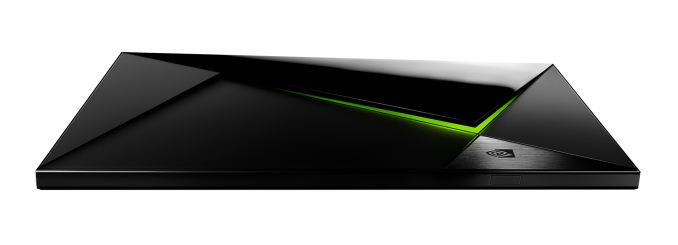

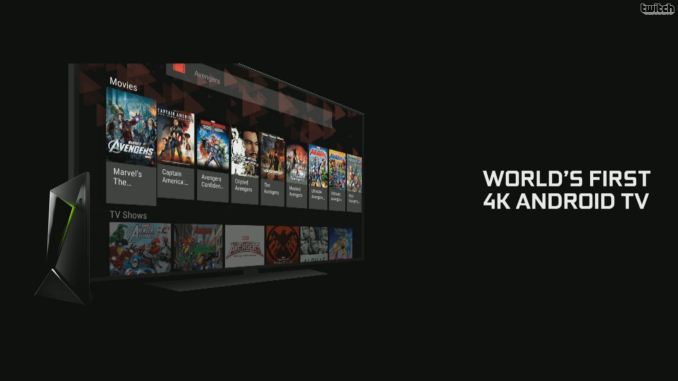

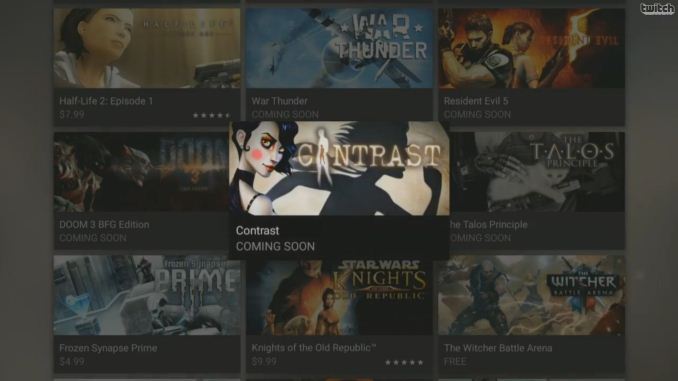
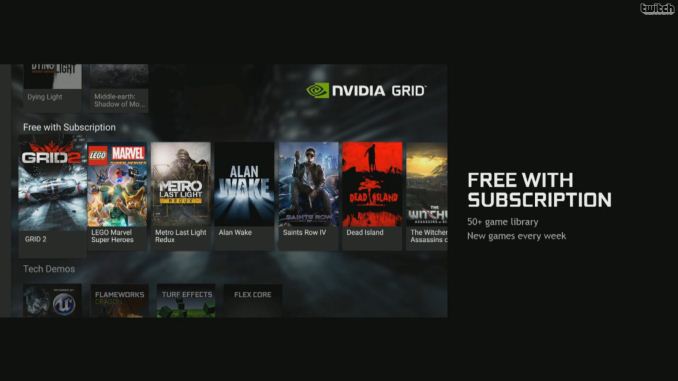
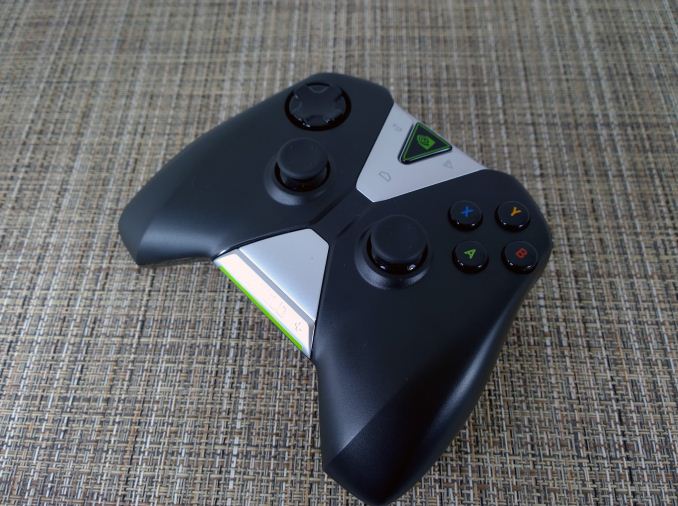
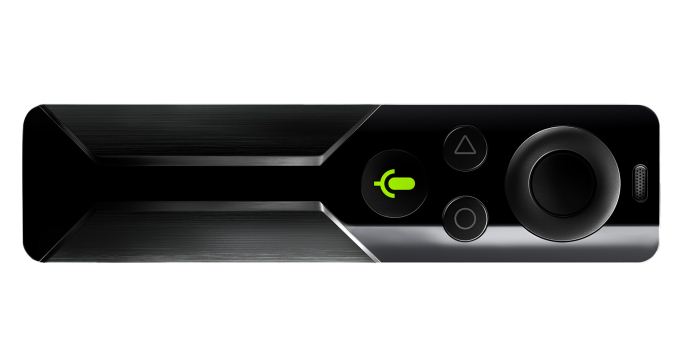









64 Comments
View All Comments
darkich - Wednesday, March 4, 2015 - link
Btw..GTA San Andreas for Android is graphically the most advanced version of the title, and can run in HD without a hitch even on 3 year old phones.Modern high end smartphones are at least 15 times more capable than PS2.
X1? It is much faster than PS3 and can surely run ALL PS3 titles easily
kron123456789 - Wednesday, March 4, 2015 - link
That's true, if PS3 titles are properly ported. But SpartyOn was talking about PS2 Emulator.SpartyOn - Thursday, March 5, 2015 - link
Darkich - you have no idea what I'm even talking about. Yes, there are ports of PC, Xbox, PS2, etc. games on Android that run great. I have the KOTOR port on my Shield - it ran great.I'm not talking about ports of past titles, though. I'm talking about a PS2 emulator that would allow me to play my old PS2 titles on a handheld; games I already own in my library and ones that will probably not see ports made.
So don't lecture me on prejudices (or whatever you're talking about) because you don't understand my comment.
eanazag - Wednesday, March 4, 2015 - link
Bear in mind that Windows 10 is supposed to have functionality for streaming games. Obviously, not from GRID. It has a timing edge, but not by much. I would have liked to see that remote included in the purchase price or an extra remote.We need a review. I don't know how close it comes to a console experience. How many controllers? Games that allow for multiple users like Madden or a basketball title? From the games I saw it looks like 1-2 player or multiplayer online. I am assuming it accepts a Bluetooth keyboard. Does it do screen sharing like AirPlay or Miracast? Regular, upgradeable version of Android?
blanarahul - Wednesday, March 4, 2015 - link
Is it just me or the 4x A53 cluster is missing from the Tetra X1 in the comparison table?ruthan - Wednesday, March 4, 2015 - link
Well, i see 1 big design flaw Jensens boys forgot add at least optimal HDD model, sorry but 16 GB for games and overpriced memory cards (64 gb memory card for price of 500 GB HDD is slower) arent good idea.ruthan - Wednesday, March 4, 2015 - link
I know there is USB possibility but add USB external HDD isnt beatiful and could be more problematical that build in HDD.ezridah - Wednesday, March 4, 2015 - link
Does it support Google Cast? I'm not sure if all Android TV devices support that or not. It seems like all the others I've seen do, and I'd think this one would as well, but I haven't seen anything about it on the Shield console mentioned by anyone.WatcherCK - Wednesday, March 4, 2015 - link
It looks like another good technology that gives your main media portal some more flexibility, maybe once W10 has been released there can be a thorough comparison of Grid/shield and Steam Box/Stream and the Microsoft Camps offerings, what works best what the requirements are...Im wondering what the latency will be like in countries outside the US Im looking at around 200ms over DSL to Blizzard servers for example (to New Zealand) that is assuming Shield retails outside the US at all, and combined with however long it would take publishers and Nvidia to come to a per country agreement for game pricing it would probably be a nonevent. And this is a shame as the Shield seems like a neat little convergence box, Netflix Spotify, Google Play Store, Amazon Prime?, Hulu? check that is alot of online media. Plex for local media collection check. If you have a machine with a suitable dGPU then you can stream your game to your main portal (4k60 capable HDMI so dual 980GTX?) or if you dont have a dedicated gaming machine pay (another) subscription and game from Grid. It does almost everything I could want and for $200.
I wonder if AMD have something up their sleeve that will allow for a native streaming scenario, include a 4k capable HDMI dongle and a bluetooth controller with every R9 295 right? :)
Or even some technological convergence, take a 40" or bigger inch display and go Project Ara on it, have a base number of connections on a base model for a base price then throw in a connection bus (proprietary because royalty free wouldnt make fiscal sense now would it :)) and then have a range of expansion modules you can connect discreetly, a DTV tuner, cable tuner, an ARM module for light browsing/gaming duties, an Intel/AMD module for heavier duty processing, storage module if you need it, webcam if you want it, Dolby Atmos/DTS module for your wireless speaker system, even a mood backlighting module, whatever the hell you want to do. In my head Im thinking an HP Z1 workstation(apparently very easy and modular to work under the hood of) but scaled up and made couchpotato/kid/grandparent friendly.
What do you have in mind as the perfect digital convergence setup?
abufrejoval - Wednesday, March 4, 2015 - link
That looks very much like a fan at the top, notebook type or worse :-(There's got to be plenty of crazy car amp cooling solutions out there that this could be bolted to, I don't mind a pound of aluminum heat spreader, but I do like my equipment without any moving parts.
Let's hope the box comes off easily enough and someone does a reasonably cheap passive upgrade.
A bit more DRAM would be nice to run a Linux desktop (in a chroot()/LXC under Android) just in case you don't want to get up from the sofa (and the nice big screen) to do some work.
Hope it will be easy to hack because it sure beats the hell out of your average Odroid.